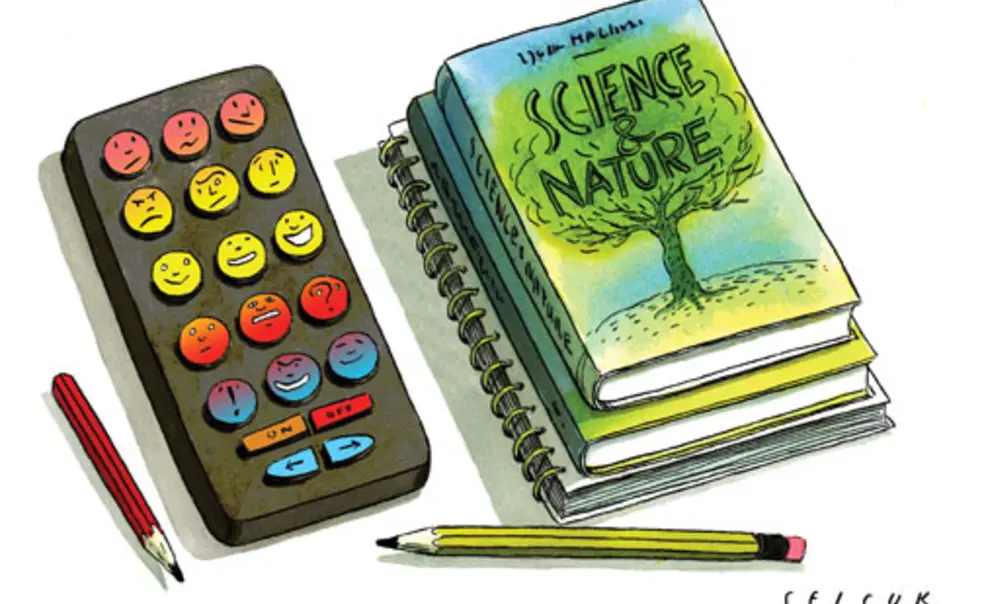Are students focusing or dozing? Clickers catch on as teaching tool
Keeping track of student comprehension in large lectures has long been a challenge for instructors, but now, with the click of a button, professors know exactly what each student is thinking.
The technology is simple. A professor hooks a receiver up to a computer, poses a question with several answer choices, and waits for students’ responses, which can be displayed as they are received. Answers are logged using handheld clickers, which look much like garage-door openers, each with several buttons that correspond to answer choices.
“It’s a way to get instant feedback on whether what you just explained actually got through to your audience,” said Janet Temos ’82 *01, director of Princeton’s Educational Technologies Center.
The center owns and lends out approximately 200 clickers, and leads frequent workshops to train faculty on how best to put them — and other technologies — to use in the classroom. According to Temos, such tools are becoming more popular, particularly in large courses; for the first time in the eight years since Princeton purchased them, almost every clicker is in use. And in many cases, departments have been purchasing their own clickers — or requiring students to purchase a clicker with textbooks — for longer-term use.
Gáspár Bakos, assistant professor of astrophysical sciences, uses the clickers to encourage his students to think critically, to keep students engaged, and to review difficult material.
“The clickers lead to a lot of improvisation,” said Bakos. “If I see some scary answers, then I explain.”
Booyeon Han ’13, who uses the clickers in her biochemistry class for brief, graded quizzes, agreed that clickers keep students attentive and on top of the material.
“There is definite motivation to keep up with the class work because they are graded,” Han said of the clicker questions. “It also keeps you on your toes throughout class because you don’t know when they’re going to come up.”
The anonymity provided by clickers is another plus, Temos said, and many students agree. “The clickers were anonymous, so you weren’t embarrassed about guessing,” said Barbara Pelham-Webb ’13, who used clickers in her “Integrated Science” class. “They pushed me to try to answer the question on my own, instead of waiting for someone else to raise their hand and answer it.”
But Bakos noted that technology is not always a positive addition to the classroom. He forgoes some of the more complex clicker capabilities because they would slow down his teaching, and he does not allow students to use laptops in class because he considers them distracting.
Laura Shaddock, instructional technologist for the McGraw Center for Teaching and Learning, said that many professors feel similarly. The McGraw Center works with faculty members to develop policies for technology use in their classrooms.
Despite some faculty misgivings, the clickers are making their presence known. “It took a while for people to get comfortable with them,” said Temos. But now, she said, “the clickers are the stars of the show.”












No responses yet